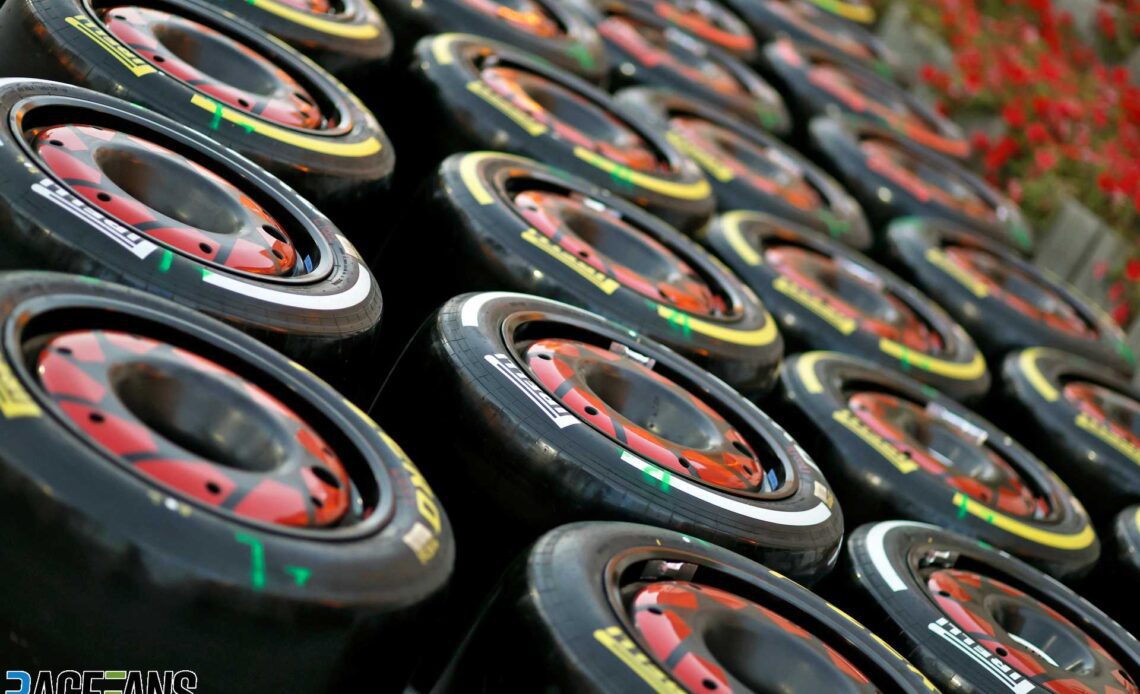This season, teams will face rule changes, aerodynamic testing restrictions and cost cap limitations, but possibly the most crucial factor they must deal with this year is the latest tyre compounds from Pirelli.
The merits of F1’s exclusive tyre supplier has been a near-constant talking point since it first became Formula 1’s sole provider back in 2011, and it works hand-in-hand with the organisers of the world championship in setting targets for what impact on the racing each compound of tyre will have.
Last season saw the long-awaited introduction of 18-inch wheels into Formula 1. For 2023, following complaints about the degradation of front tyres last season, there is a stiffer and stronger build for the front tyres in all of the slick compounds.
The C1, which was the hardest compound in 2022, has now been made softer and closer to the C2 while the old version of the tyre effectively continues to exist as a new C0 compound. Pressures at the front and rear have also been lowered by two and 2.5 psi respectively.
Pirelli brought the C1, C2 and C3 to the season-opening Bahrain Grand Prix, with the latter two also being used in the next two race weekends, starting today in Saudi Arabia. But after just one race, on a track known for its highly abrasive surface and for being far more rear-limited compared to the high-speed tracks that are next on the schedule, what was the initial assessment from drivers about how tyre management has changed on the 2023-spec rubber?
“I think the rear has taken a step in a worse direction,” offered Red Bull’s Sergio Perez.
“But I think at the end of the day it’s good, because I think last year’s tyres were really terrible. and the front was just degrading while the rear was staying fairly consistent and it was just getting worse and worse. So at least they have a more manageable platform, the tyres, where you have a place as a driver, you can do something.
“Whereas last year it was just the front going to die, because it was a very weak tyre. Now I think both tyres are more together. Probably the rear is still a bit on the strong side, but generally isn’t going to push as much as the front, I feel.”
Perez is renowned for his tyre management prowess, but admits he “couldn’t do anything” with that skill set on the 2022 compounds due to the speed at which the front tyres degraded. Now there’s a more consistent loss of grip between the front and rear, he thinks “it will help everyone to have a more…
Click Here to Read the Full Original Article at RaceFans…

